In the previous article
"Which muscle groups do we use when we play badminton?"(Part 1) the shuttlecockhitting action examples used (attacking in front of the net and leaping smash) were made as simple as possible. In the actual game the changes in muscle contraction will undoubtedly be more complex because, as well as the agonist and antagonist muscles, and the synergist muscles that also take part in the movement, completion of a movement often requires more than one muscle. The shoulder, for instance, is one of the most complex parts of the body for muscle operation.
When we play badminton we use the muscle of the shoulder joint very time we swing the racket so understanding how the shoulder joint works and how the muscles contract is very important.
The shoulder is one of the joints on the body with the greatest degree of movement and most complex movement. The movements of the shoulder joint can be divided into six types-shoulder flexion, shoulder extension, shoulder abduction, shoulder adduction, shoulder lateral rotation and shoulder medial rotation. Below, the muscles used in these six shoulder movements will be introduced.
6 movements of the shoulder joint
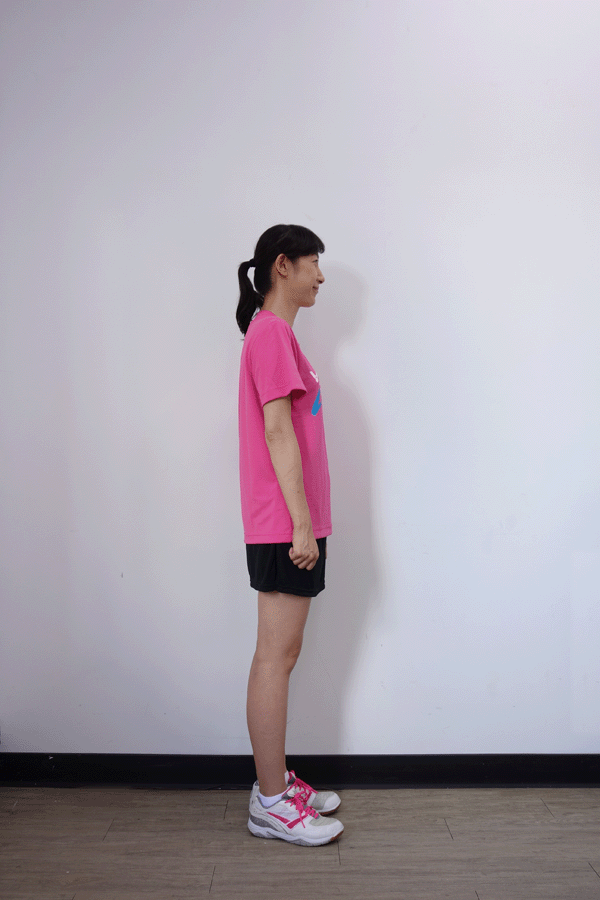 |
1. Shoulder flexion
Deltoid muscleanterior fiber
Coracobrachialis
Pectoralis major
|
|
|
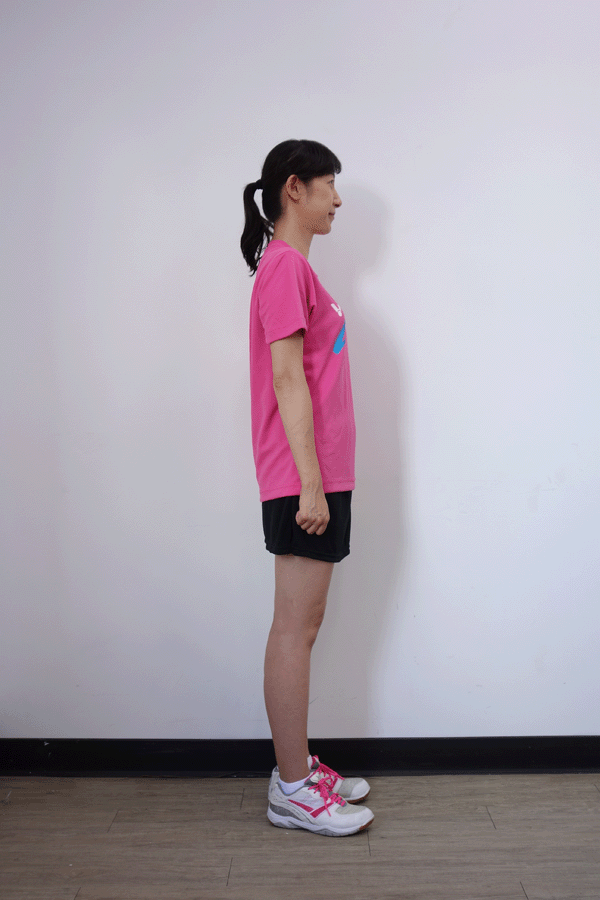 |
2. Shoulder extension
Deltoid muscleposterior fiber
Latissmusdorsi
Teres major
Teres minor
|
|
|
|
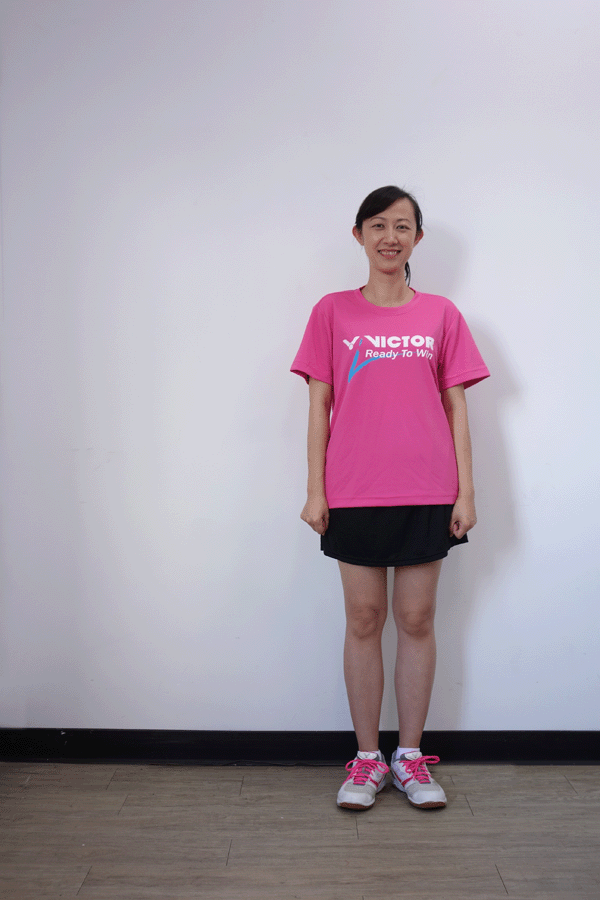 |
3. Shoulder abduction
Deltoid musclelateral fiber
Supraspinatus
|
|
|
|
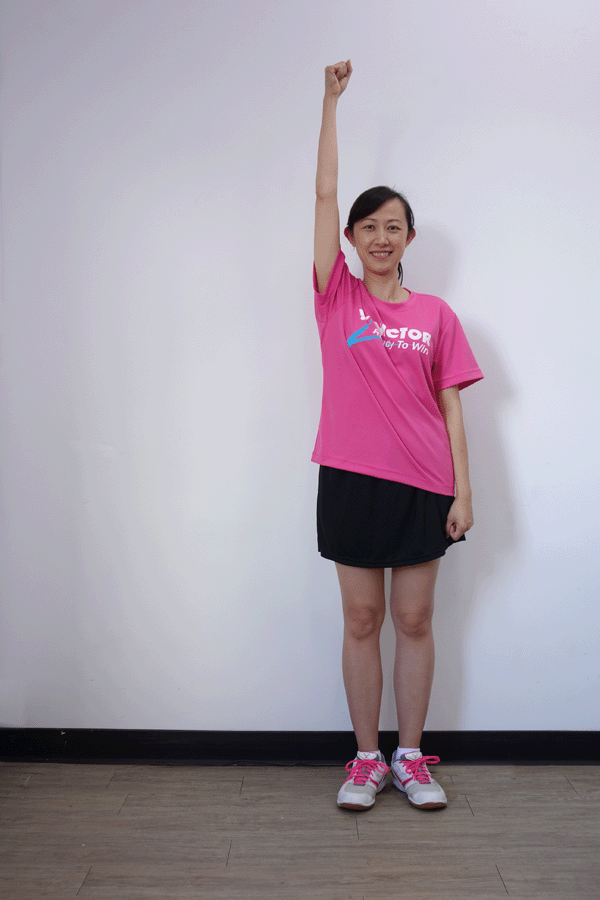 |
4. Shoulder adduction
Coracobrachialis
Latissmus dorsi
Teres major
Infraspinatus
Teres minor
|
|
|
|
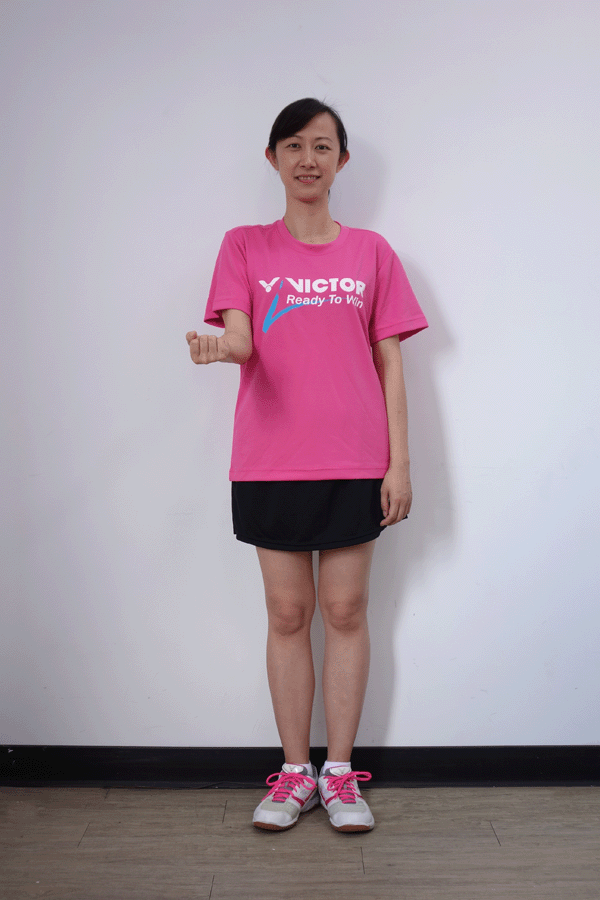 |
5. Shoulder lateral rotation
Deltoid muscleposterior fiber
Infraspinatus
Teres minor
|
|
|
|
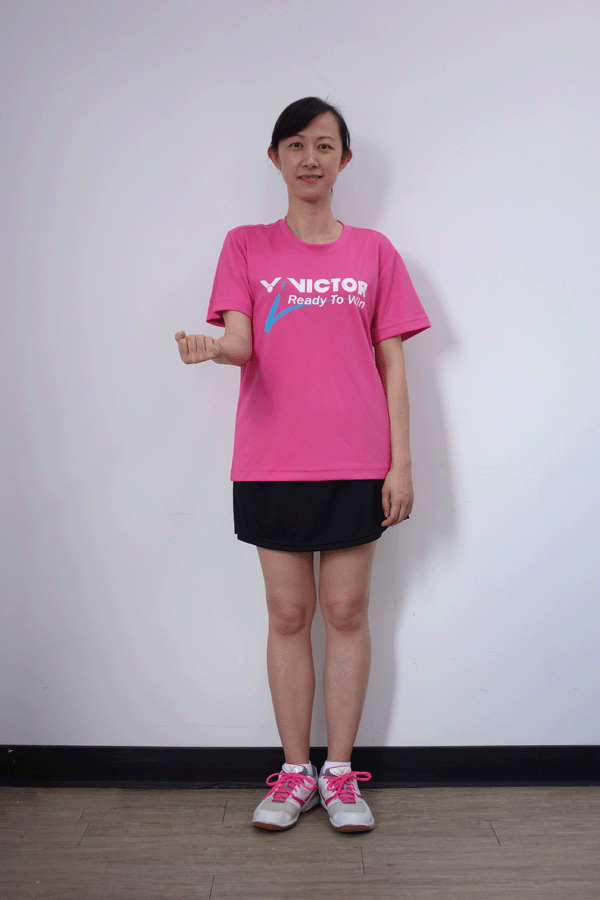 |
6. Shoulder medial rotation
Latissmus dorsi
Teres major
Subscapularis
|
After learning about the six movements of the shoulder joint and the muscles that each affects, try to guess which of the six movements are used when we swing a badminton racket. The answer is: all six!
Rotator cuff
The main muscles used when we do the aforementioned movements are listed above. However, the shoulder joint actually has another really important muscle group that is responsible for maintaining the overall stability of the shoulder joint and assists with the completion of movements. This is the rotator cuff.
※The rotator cuff is made up of four muscles, which are:
1. Supraspinatus:helps complete the shoulder abduction
2. Infraspinatus:helps to complete shoulder adduction and lateral rotation
3. Teres minor:helps to complete shoulder lateral rotation, extension and adduction
4. Subscapularis:helps to complete shoulder medial rotation
The rotator cuff can be easily injured so it is important for everyone to learn the correct posture for hitting the shuttlecock (
Nine main badminton skills video). Also, remember to warm up sufficiently warm up exercises:
Upper body static stretching before playing. In the future VICTOR Badminton Coaching will show you how to train the rotator cuff to strengthen the muscle group and thus reduce the chance of injury. Please look forward to this.
Basing planning ofthe content of training on the muscle group concept
After reading
"Which muscle groups do we use when we play badminton?" (Part 1) & (Part 2) we hope that in future when carrying out muscle strength training, everyone’s planning of the content of trainingis based on the muscle group concept. As well as training an agonist muscle, the corresponding antagonist muscle also has to be trained. For example, aftertraining the biceps brachii, we should train the triceps brachii so that the muscles are not just strong and stable we also reduce the chance of sports injury.






